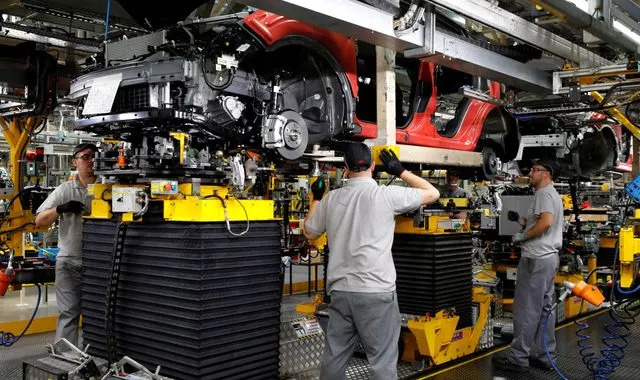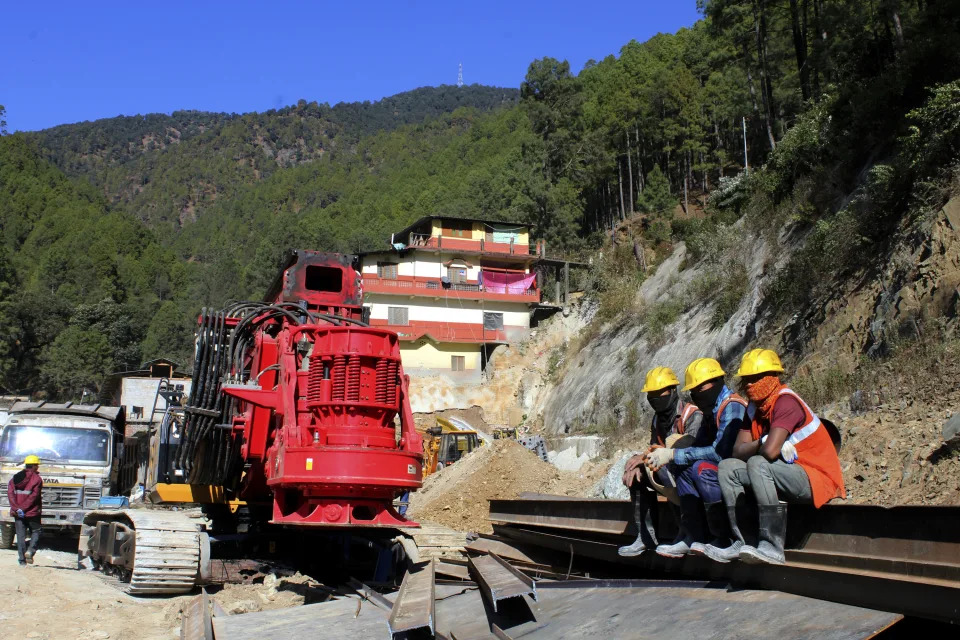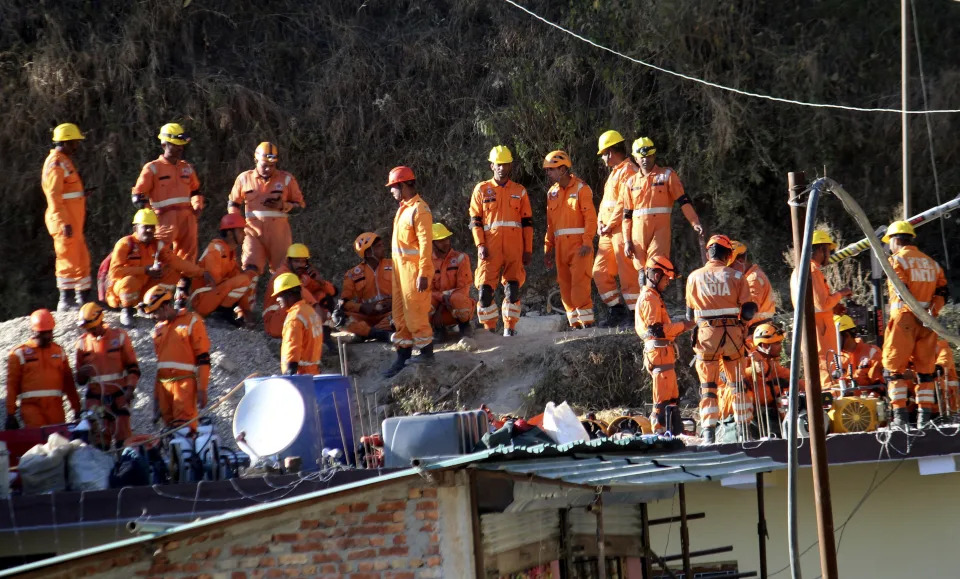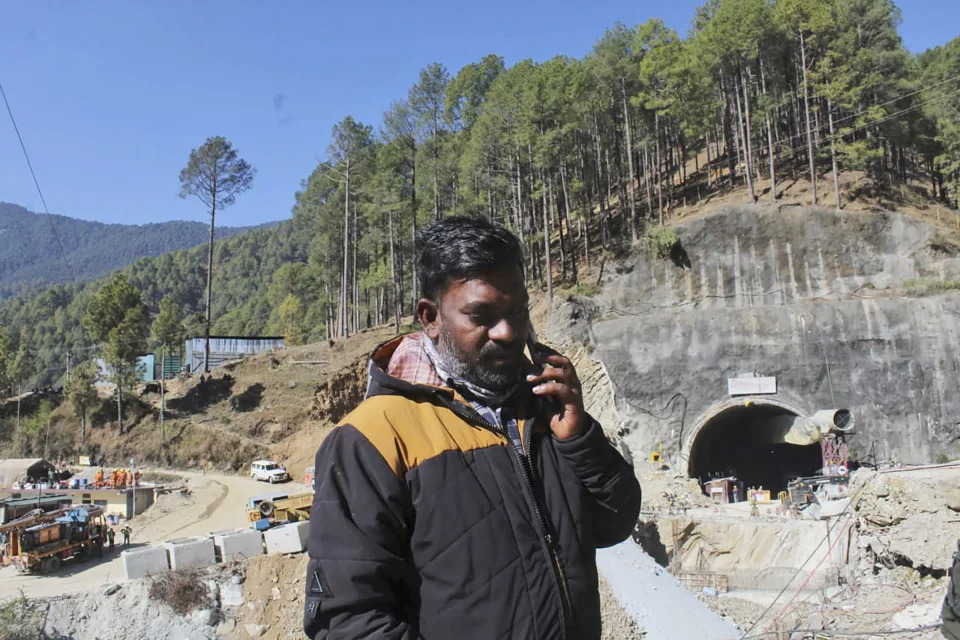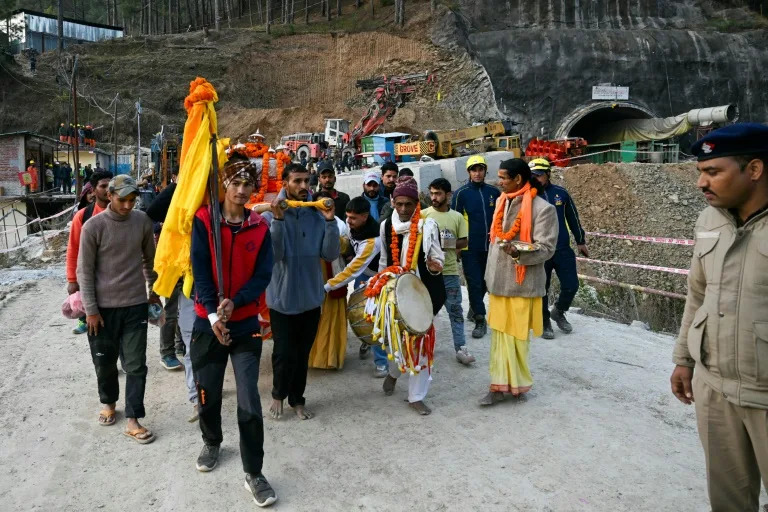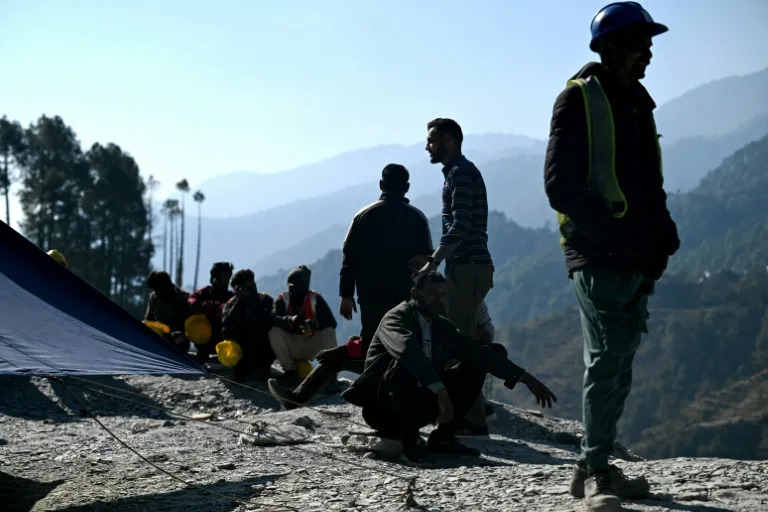Laila Maidan
Thu, November 23, 2023

Sam Bankman-Fried image by ED JONES / Contributor/Getty Images. Mackerel image by Anadolu / Contributor/Getty Images
Sam Bankman-Fried has figured out mackerel is the currency of choice among inmates.
He recently used it to pay for a haircut, a source told the Wall Street Journal.
The Journal reported the food item had been a popular currency in prisons since 2004.
It didn't take long for the former crypto-billionaire Sam Bankman-Fried to learn the economic system of New York's Metropolitan Detention Center.
The disgraced founder of the crypto exchange FTX has been keeping busy by swapping food items in exchange for services as he awaits sentencing on seven felony counts that include wire fraud and conspiracy to commit money laundering.
The new polished haircut he has been seen with in New York courtrooms appears to be thanks to an inmate. In a Thursday report, a source told The Wall Street Journal that SBF paid for a haircut with packaged mackerel, a type of pelagic fish that is a choice of currency among inmates.
It's no surprise that the former trader would quickly catch on to the commodity of choice in his new environment. He has been a professional trader for much of his career. In 2013, he got his first intern gig at Jane Street Capital, swapping exchange-traded funds before cofounding his crypto-trading firm Alameda Research in 2017. A year later, he figured out how to arbitrage bitcoin between the US and Japanese markets.
The fish, popularly referred to as "macks" among inmates, had been the choice of currency in federal prisons since 2004 after cigarettes were banned, sources told the Journal in 2008.
The formerly incarcerated attorney Larry Levine accepted it as a form of payment from fellow prisoners he represented while serving his own sentence at the Lompoc correctional institution in California, the Journal previously reported. He then used them to pay for personal-upkeep services such as beard trims and shoeshines from inmates, the outlet added.
Global Source Marketing, a supplier of the fish, told the Journal in 2008 the trend had become so popular that it felt the increased demand.
There's economic logic behind the trend. Products that have steady value, such as certain food items and stamps, are used as a steady means of exchange to substitute for currency, which inmates cannot access. Food items such as mackerel and tuna are stable commodities with a value that can be pegged to the dollar.
Bankman-Fried, who's set to be sentenced on March 28, 2024, faces up to 110 years in prison for the fraud charges brought against him, but they're only part of the charges he's facing. He's also set to stand trial for separate counts related to political bribery.

